Retro Replay Review
Gameplay
Flywrench challenges players to guide the nimble spaceship Flywrench number 6802 through a gauntlet of abstract, neon-lit courses. At its core, the game hinges on rapid reflexes and precise timing; each obstacle demands split-second decisions to shift direction and color. Controlling the ship with the arrow keys feels intuitive yet ruthlessly unforgiving, rewarding practice and penalizing hesitation.
What sets Flywrench apart is its color-based gating mechanic. The vessel’s default state is white, but pressing “up” tints it red while propelling it skyward, and pressing “down” turns it green as you dive. Many barriers only dissipate when you match their hue, forcing you to anticipate upcoming sections and weave through hazards while juggling momentum. A single mistimed press or misaligned color swap can shatter your ship and send you back to the start.
Each of the nine planet gates introduces fresh gameplay twists. Early levels focus on basic timing challenges and simple color gates; by mid-game, you’ll dodge rotating saw blades, navigate shifting gravitational fields, and sprint through timed laser arrays. The later planets even toss in enemies that stalk your path and force you to alternate between red and green states on the fly. Meanwhile, bouncing off level borders in green mode can be used strategically to launch into hard-to-reach areas, transforming the edges of the screen from deadly walls into tactical trampolines.
The transitions between planets double as mini-levels in their own right. These brief interludes throw up additional obstacles—such as moving walls or narrow corridors—to break up the main stages and keep the pacing taut. And thanks to post-launch updates, an in-game course editor lets you design your own sequences, extending replay value indefinitely. Whether you’re sprinting through the official campaign or crafting death-defying custom tracks, Flywrench’s gameplay loop remains consistently exhilarating.
Graphics
Flywrench embraces a minimalist aesthetic, pairing stark black backgrounds with bold, fluorescent shapes. Each barrier, gate, and platform is rendered in crisp lines and pure colors, ensuring visual clarity even at frantic speeds. The absence of detailed textures doesn’t detract; rather, it sharpens the focus on split-second inputs and prevents clutter from obscuring crucial obstacles.
Lighting effects and particle trails add polish without overcomplicating the picture. When you switch colors, subtle glows and streaks follow your craft, reinforcing the sense of momentum and danger. Explosions upon impact are sharp, satisfying flashes that clearly signal failure without lingering frames of frustration. In high-contrast mode, the game practically pulses in time with the beat of its electronic soundtrack.
Each of the nine planets sports its own visual theme. From jagged, crystalline structures to rotating arc segments and floating orbs, the backdrop changes enough to keep your eyes engaged. Planets with gravitational quirks feature swirling patterns around their cores, hinting at the pull you’ll feel when you approach. In concert with the game’s tight color-matching mechanics, these visual cues help you read the level at a glance—even as the speed ramps up to breakneck levels.
Story
While Flywrench isn’t heavy on narrative, it frames its action around the journey of craft 6802 as it hops from gate to gate across an abstract galaxy. Each planetary system acts as a “chapter” in this cosmic trek, punctuated by successively more complex challenges that stand in for narrative beats. There’s an implicit story of perseverance and evolution as you master new barriers and gradually piece together the secrets of this strange universe.
The absence of dialogue or cutscenes works to the game’s advantage by keeping you immersed in the core challenge: survival. Instead of text dumps or voiced-over monologues, Flywrench’s “plot” is told through level design. The progression from basic color gates to multi-layered trap arrangements feels like a hero’s journey distilled into pure gameplay form. Each victory at a planetary gate brings a satisfying sense of achievement, as though you’ve charted untested regions of space.
If you’re looking for character backstories or lore archives, this isn’t the place. But if you appreciate games that trust you to supply your own narrative meaning—where every near-miss and triumphant run becomes part of your personal saga—Flywrench delivers. The clean, abstract style invites interpretation, letting you fill in the blanks about who Flywrench 6802 might be and what fuels its relentless pursuit of the next gate.
Overall Experience
Flywrench is a masterclass in minimalist design married to manic intensity. Its learning curve can be steep—early deaths and repeated restarts are par for the course—but overcoming each stage yields a rush that few indie games manage to replicate. The precise controls, paired with immediate feedback on success or failure, create a flow state that keeps you coming back for “just one more run.”
The game’s polish and attention to audiovisual detail reinforce its high replayability. Leaderboards and speed-run potential beckon competitive players, while the level editor offers endless creative outlets for budding designers. Even casual players will find satisfaction in simply clearing the official campaign at their own pace, savouring each planet’s unique challenges.
Ultimately, Flywrench is not a casual clicker or a laid-back puzzler; it’s a test of reflexes, nerves, and pattern recognition. If you relish crisp controls, vibrant minimalism, and relentless pace, this abstract odyssey across nine planets—and beyond, thanks to user-generated content—will feel like an essential experience. Strap in, set your colors, and prepare to race through space at breakneck speed.
 Retro Replay Retro Replay gaming reviews, news, emulation, geek stuff and more!
Retro Replay Retro Replay gaming reviews, news, emulation, geek stuff and more!
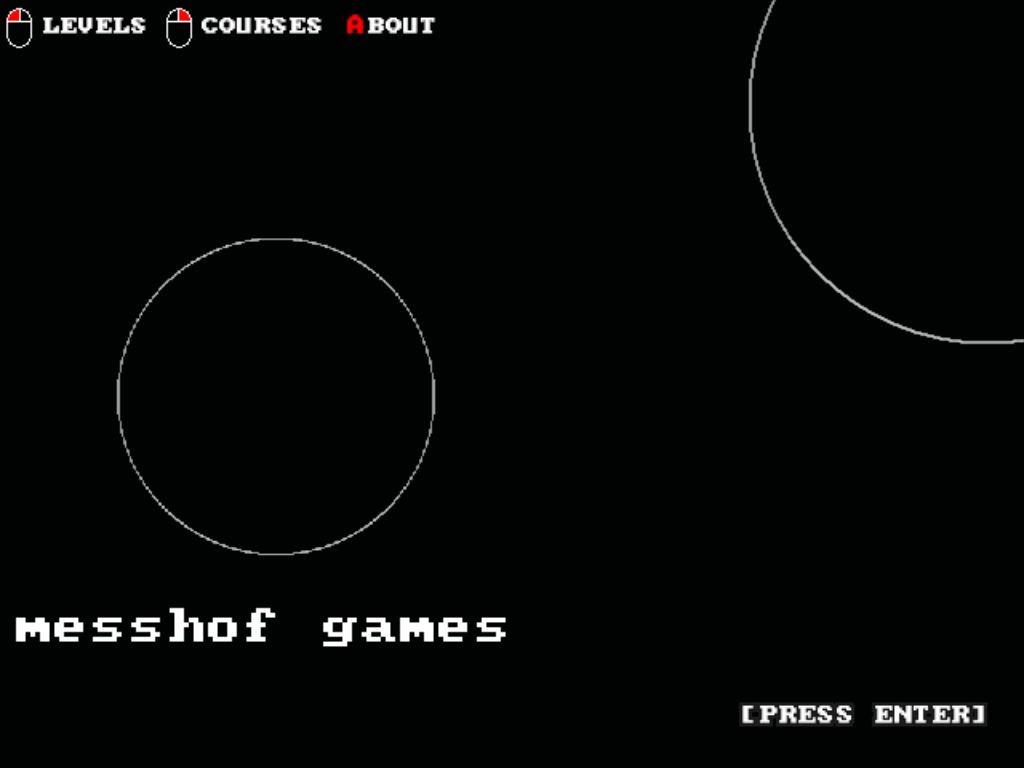
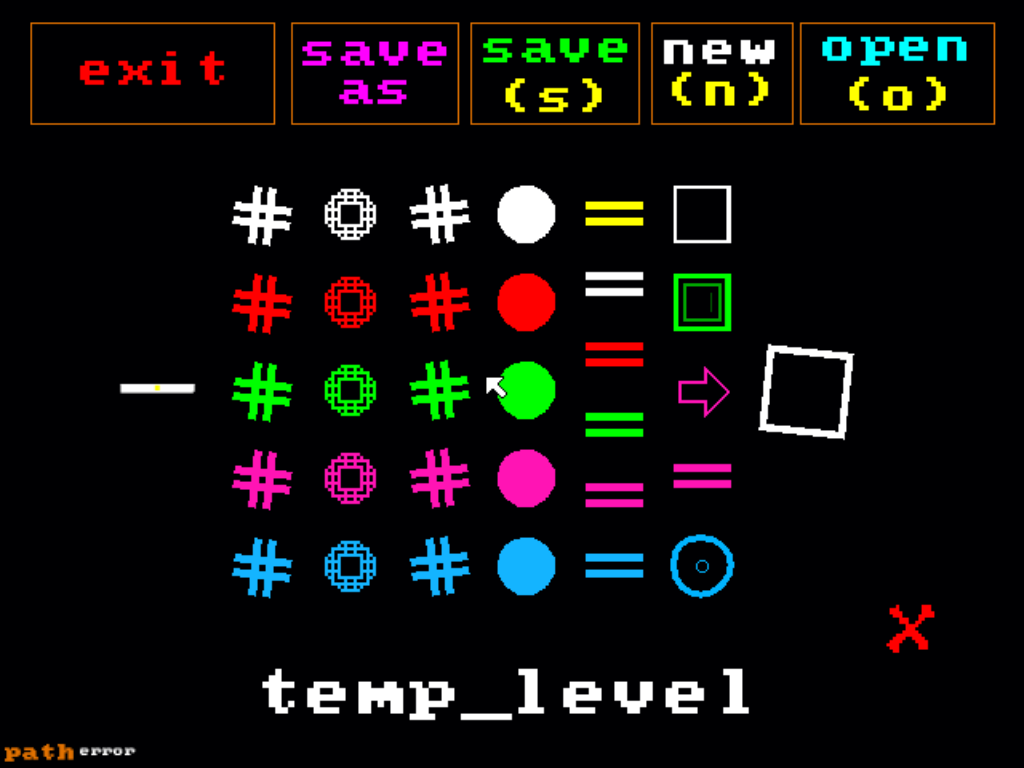
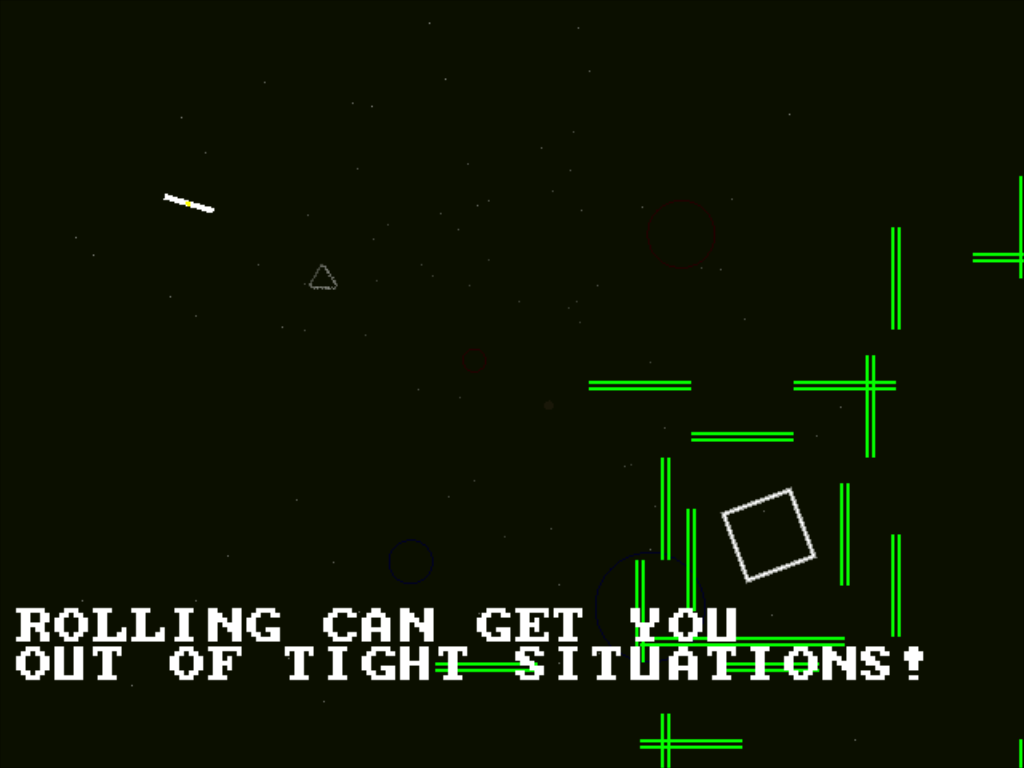
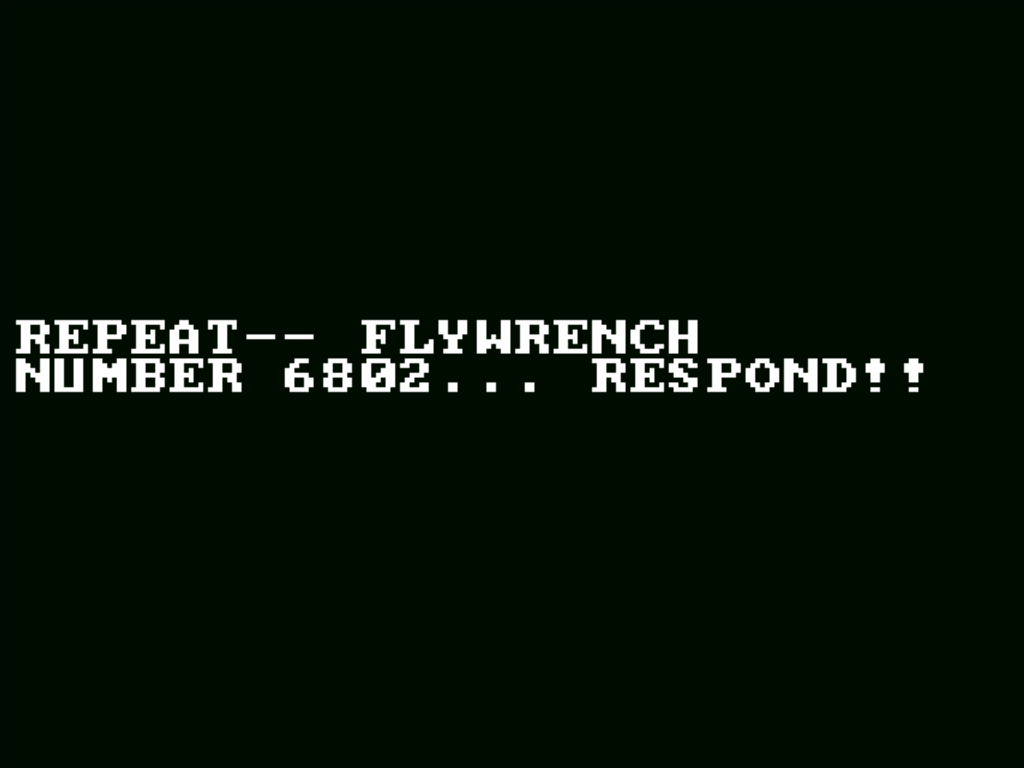

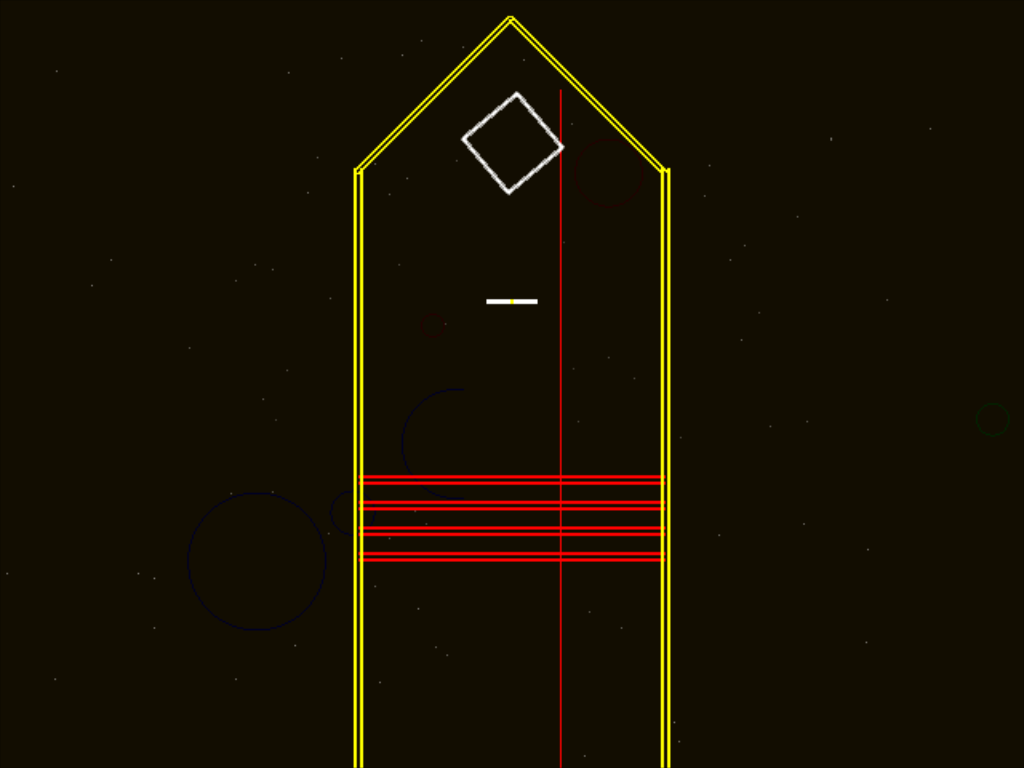


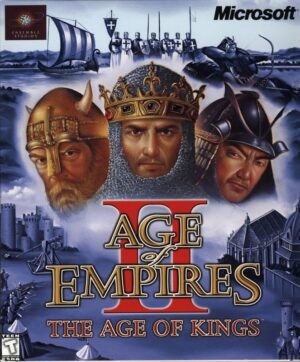
Reviews
There are no reviews yet.